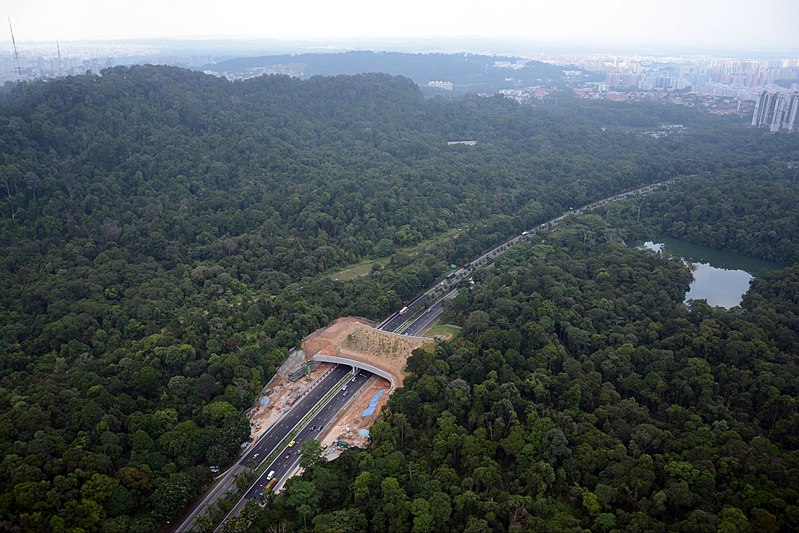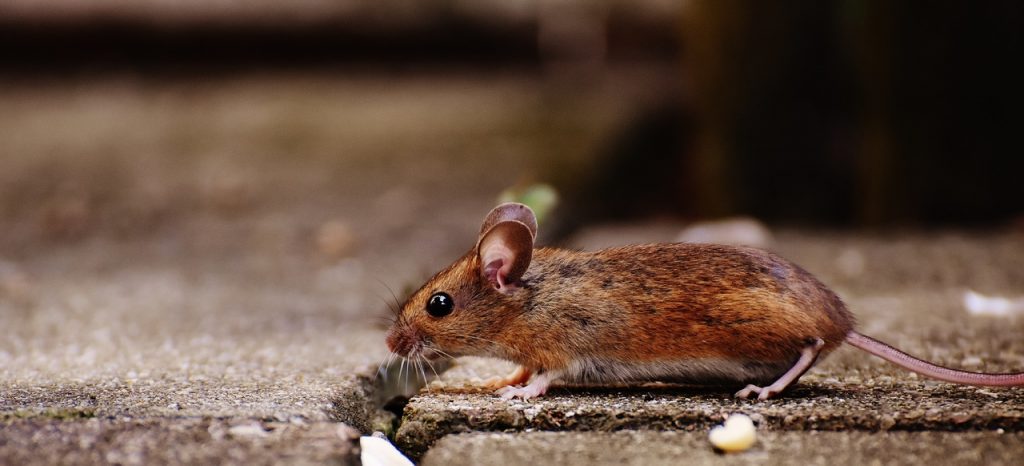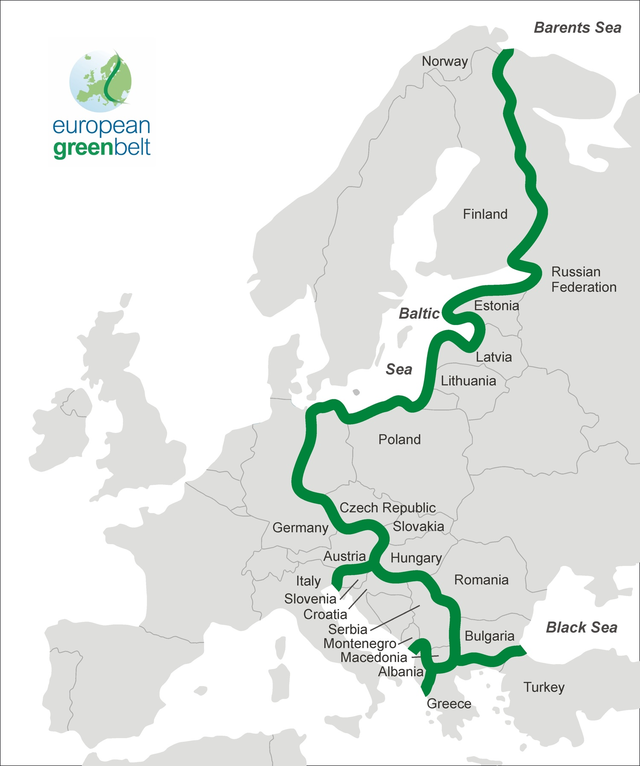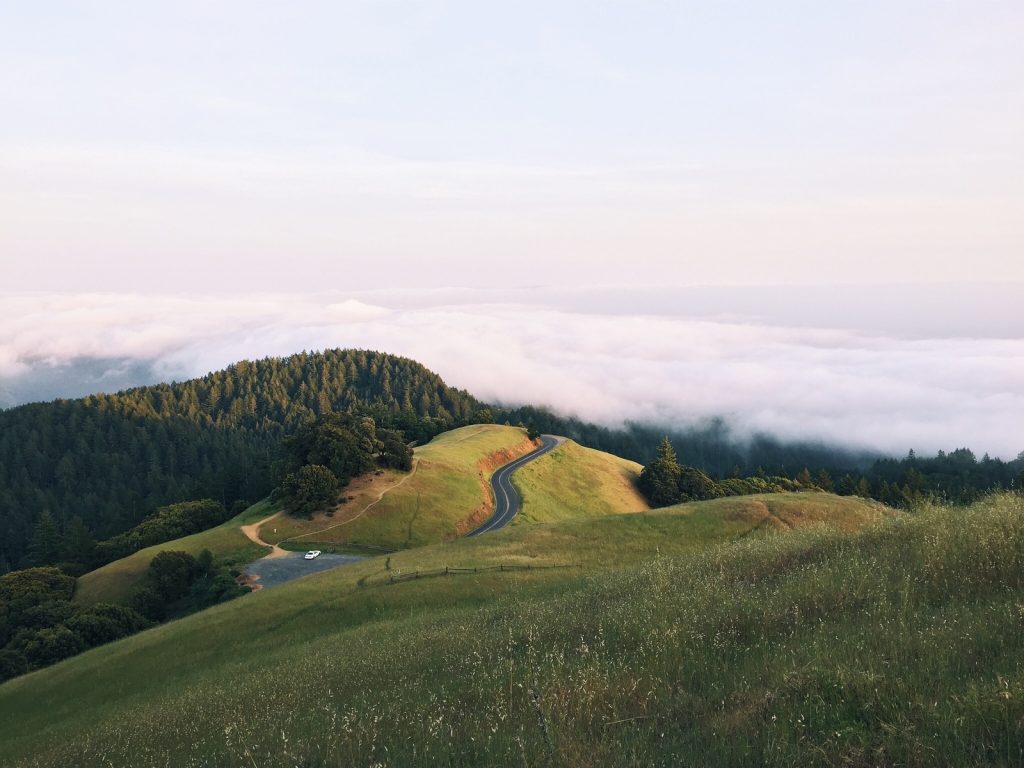Spring is a time of increased activity among many animal species. The search for new territories, partners and attractive feeding places causes many individuals to start their migration. Deciding to step out of your “comfort zone” and cross the line between what is known and unknown can be a stressful moment in the life of any animal, no matter what its size. So how do you help animals settle in new environments? How can separated populations be combined? Wildlife corridors come to the rescue here.
Time of pressure and recovery
Wherever man appears, he changes the natural environment, subordinating it to his needs. Agriculture, industry, the growth of the human population – all of this has put nature under enormous pressure. Hundreds of years of intense human activity have led to a significant loss of natural habitats for many species of animals. Populations that have managed to adapt to new conditions have often been separated from each other. The species diversity that was still observed in the last century has disappeared in many places. However, the deepening ecological crisis made us realize that nature plays an important role in the life of each of us. Analyzing the results of ecological and genetic studies, a number of activities were started to restore biodiversity on a large scale, and wildlife corridors became one of the elements that were to support this task.

What is the "wildlife corridor"?

Size does matter
There is no perfect natural environment, as well as there is no way to create ideal conditions that are equally comfortable to all species of animals. Corridors can be created for both terrestrial and aquatic environments. Water corridors are mainly interconnected networks of riparian forests, streams, rivers and other watercourses. Land ones, on the other hand, have a much larger scale and are based on connecting large forest areas with each other. However, the connection system itself does not have to be a compact forest complex. Even small areas of trees or even a line of trees and shrubs along the road can make it easier for animals to move, and additionally constitute a place to rest while traveling longer distances.
The classification of corridors also depends on their width. Usually, the wider the corridor, the more intensively it will be used by various animal species and the greater its impact on distant populations. There are three categories:
- Local – (<50 m); they can connect the remains of ravines, wetlands, etc.
- Subregional – (> 300 m wide); combines larger plant landscape features such as highlands and valleys
- Regional – (> 500 m wide); connecting larger ecological units or ecoregions and creating migration routes.
Depending on the size of the animal and its mobility, a given type of corridor may become just a stopping place, a temporary place to live, or an area where the next generations of this species will function. For small mammals or insects, even local corridors often maintain connections between remote populations. In the case of larger animal species such as wolves and lynxes, it is important to recreate and maintain regional corridors. It is thanks to them that these animals can recolonize areas that have so far been beyond their reach.

Examples of wildlife corridors
One of the most important wildlife corridors in Europe is the “European Green Belt”, which runs along the border of the former Iron Curtain. It connects national parks, nature parks, biosphere reserves and cross-border protected areas, as well as unprotected valuable habitats along the border. It is not without reason that its area runs along the border that was significant during the Cold War. It turned out that the abandoned military areas, training grounds and craters after detonation constitute a wonderful and diverse area, eagerly inhabited by animals.
There are also several examples of initiatives in the world, the designation of which is both an environmental and technological challenge. Belong to them:
- A 16-kilometer section of Highway 44, built entirely on stilts (India), crosses the tiger protection reserve;
- Two elephant crossings and two smaller bridges on National Road 54 in the Lumding Reserve in Assam (India);
- the China-Russia Tiger Corridor;
- Paséo Pantera (also known as MesoAmerican or Paséo del Jaguar Biological Corridor) (North – South America);
- Eastern Himalayan Corridor.

If you want to learn more, check out the following pages:
https://rewildingeurope.com/news/making-the-connection/
https://www.europeangreenbelt.org
https://www.euronatur.org/en/what-we-do/campaigns-and-initiatives/european-green-belt/
http://corridordesign.org

